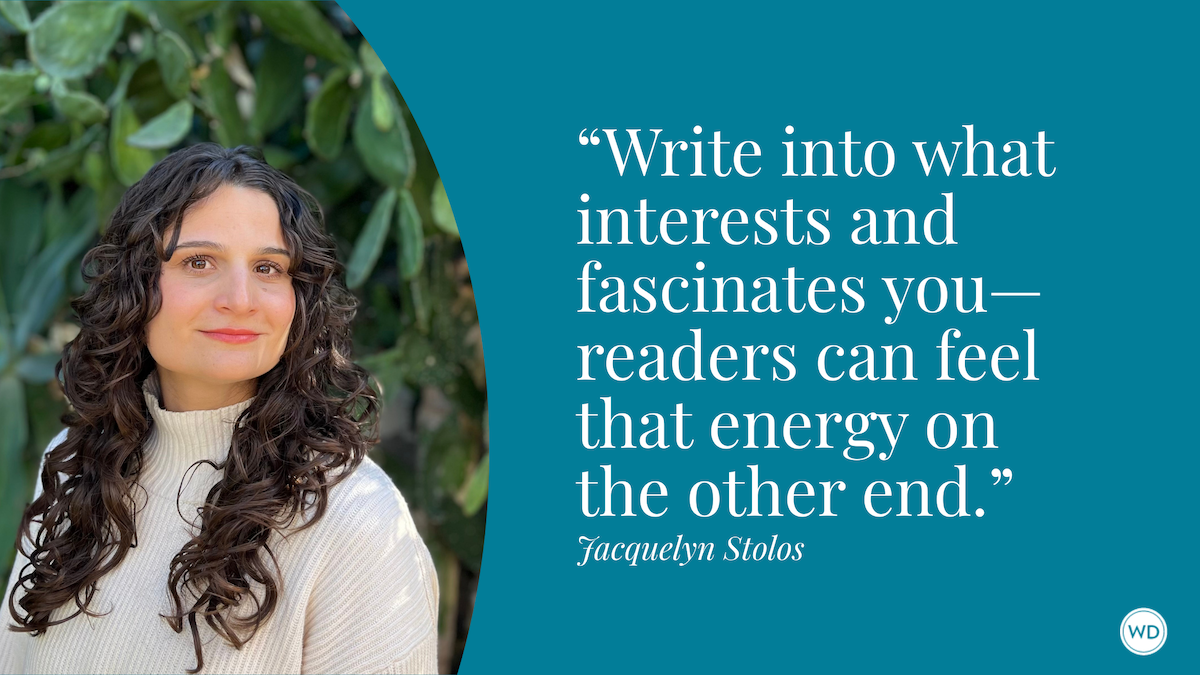How (and Why) to Move Your Protagonist From One Setting to Another
Author Lianne Dillsworth shares how (and why) to move your protagonist from one setting to another, including three things to consider.
In my second novel House of Shades the protagonist Hester is given a potentially life-changing commission. It requires her to move from her canal-side home in Kings Cross to the dark and forbidding house of her new employer in upmarket Fitzrovia.
A change of setting is a great way to create a source of tension and conflict for a character, especially if it’s markedly different to what they’re used to. As a first-person narrator, Hester gives the reader frequent access to her thoughts. She tells us about her new setting, but it was important to show her reaction too. Her clammy palms leave marks on her gloves, and she likens the house to a predatory animal. Right away, we see that the change of setting has disorientated her, and she feels vulnerable. The new location has brought out a different side to Hester, which helps the reader get to know her.
If you’re thinking about the benefits of using a variety of settings in your work, these are some things you might want to consider.
How different settings are coded
When Hester moves into Tall Trees, she notes immediately that Fitzrovia is a far cry from her home in Kings Cross, but for those not familiar with London, place names alone may not mean much. This is especially true when you take into account the historical aspect of the novel—Kings Cross was once famous for being seedy and disreputable, but in recent years it has been gentrified.
My first job then was to demonstrate the contrast between the two settings. Hester tells the reader of the different types of people in each locality to help shape the reader's expectations—street walkers in one versus factory owners in another. What do you want your setting to convey to the reader? Does your character fit in there and if so what does this tell us about them?
A reason for being there
In each setting, there needs to be a reason for your character to be there, and it has to be a reason that drives the plot forward. In Hester’s case, the new setting of Tall Trees brings her into contact with Gervaise Cherville, someone who she would otherwise never have cause to get close to. Hester is a doctoress ostensibly hired to help Cherville through his final illness, but once there he asks her to take on a further task—one that only she can do.
What is the rationale for your character to move from one place to another? Is it an invitation to an event, a date, or a new job, as in Hester’s case? Their level of agency is also important here—where possible your character should be active in generating a move to a new setting.
Working through the logistics
When I began writing House of Shades, I wanted to have a range of settings that explored the juxtapositions of London where poverty and plenty often sit side by side, but there was the question of how Hester would move between them. As someone from an underprivileged background, carriages would have been beyond her means so mostly she has to walk. This provided lots of opportunities—for her to take diversions and make stops along the way—but also meant that I had to consider the time it might take and the physical impact.
As part of my research, I walked the same route that Hester would have taken from King’s Cross to Fitzrovia. It prompted me to reflect on what I noticed and what Hester might have noticed when she took that journey. Can you travel between your settings in the way that your characters would? Is there constant traffic that might delay or irritate them? Or would they have to use a quiet route that makes them vulnerable? What might they think about along the way? Every journey between settings is an opportunity to build your character's personality and inner world.
As writers we are often encouraged to make our settings a character in their own right, particularly in the historical, sci-fi, and fantasy genres. How and why characters move between these settings can be just as important.
Check out Lianne Dillsworth's House of Shades here:
(WD uses affiliate links)
Lianne Dillsworth has MAs in Creative Writing and Victorian Studies and won a place on the London Library Emerging Writers Programme. She was first runner-up in the 2020 SI Leeds Literary Prize for Black and Asian Women Writers in the UK. Lianne lives in London where she works on growing inclusion within the Civil Service. Lianne's debut novel, Theatre of Marvels, was published to high acclaim. House of Shades is her dazzling second novel.









